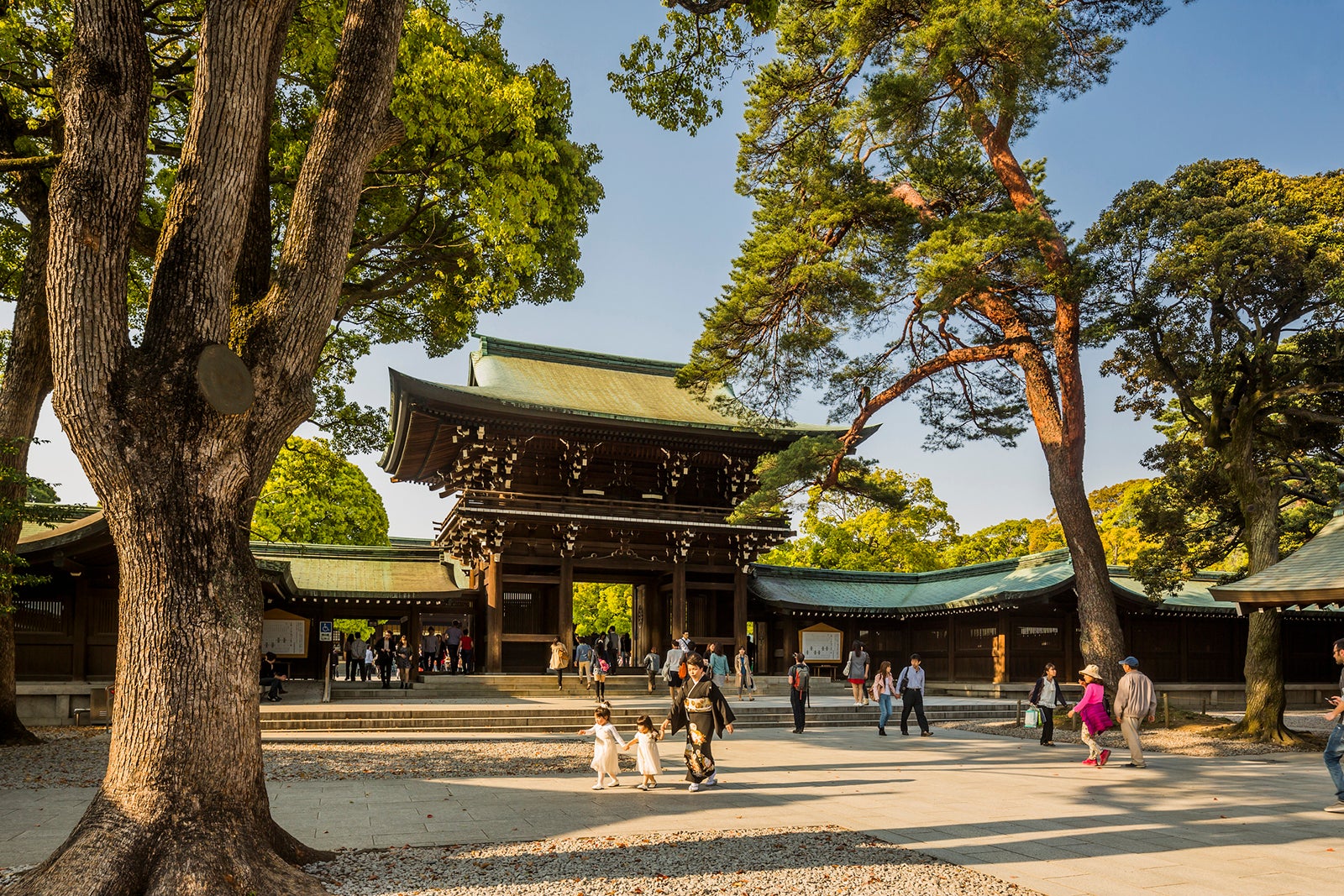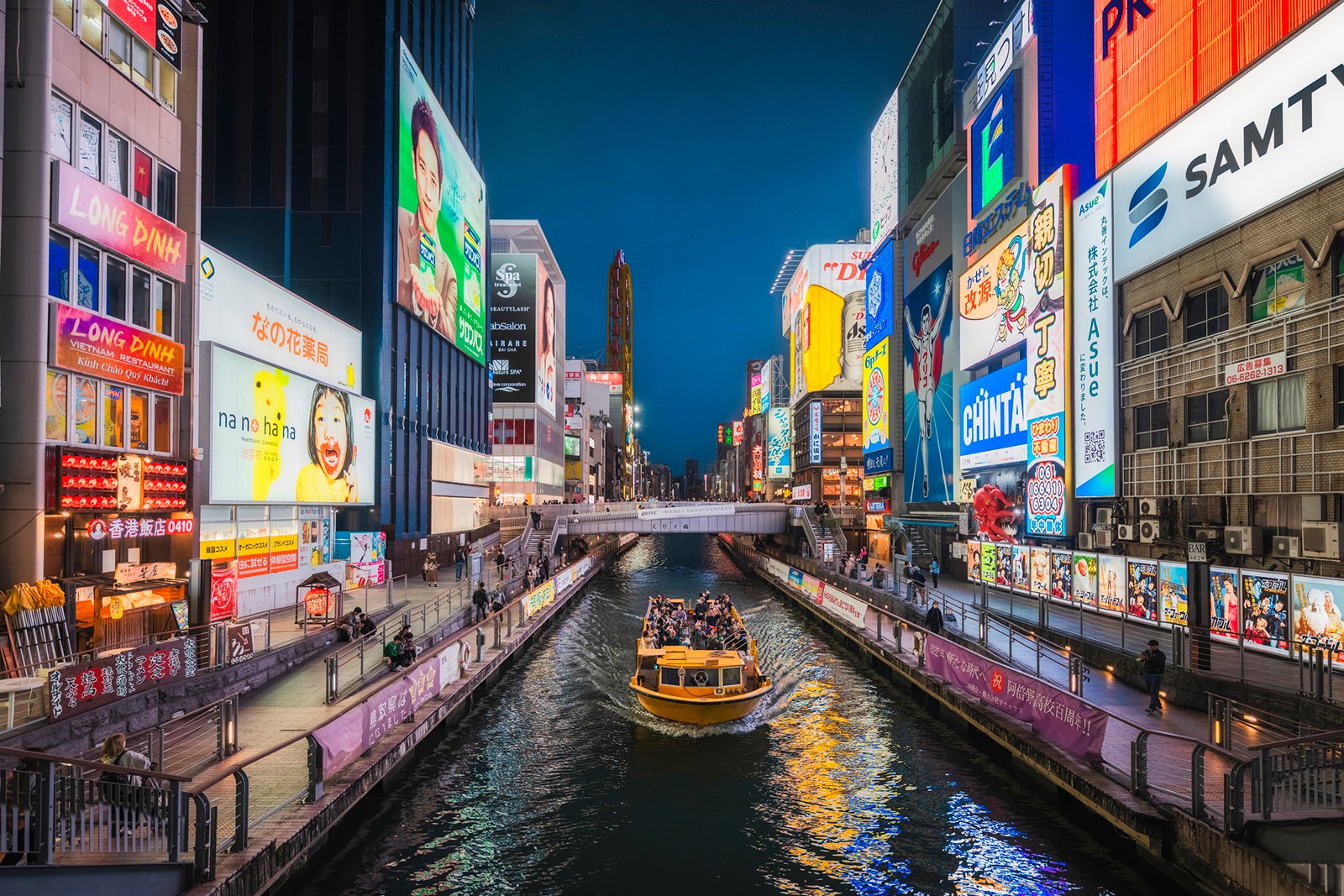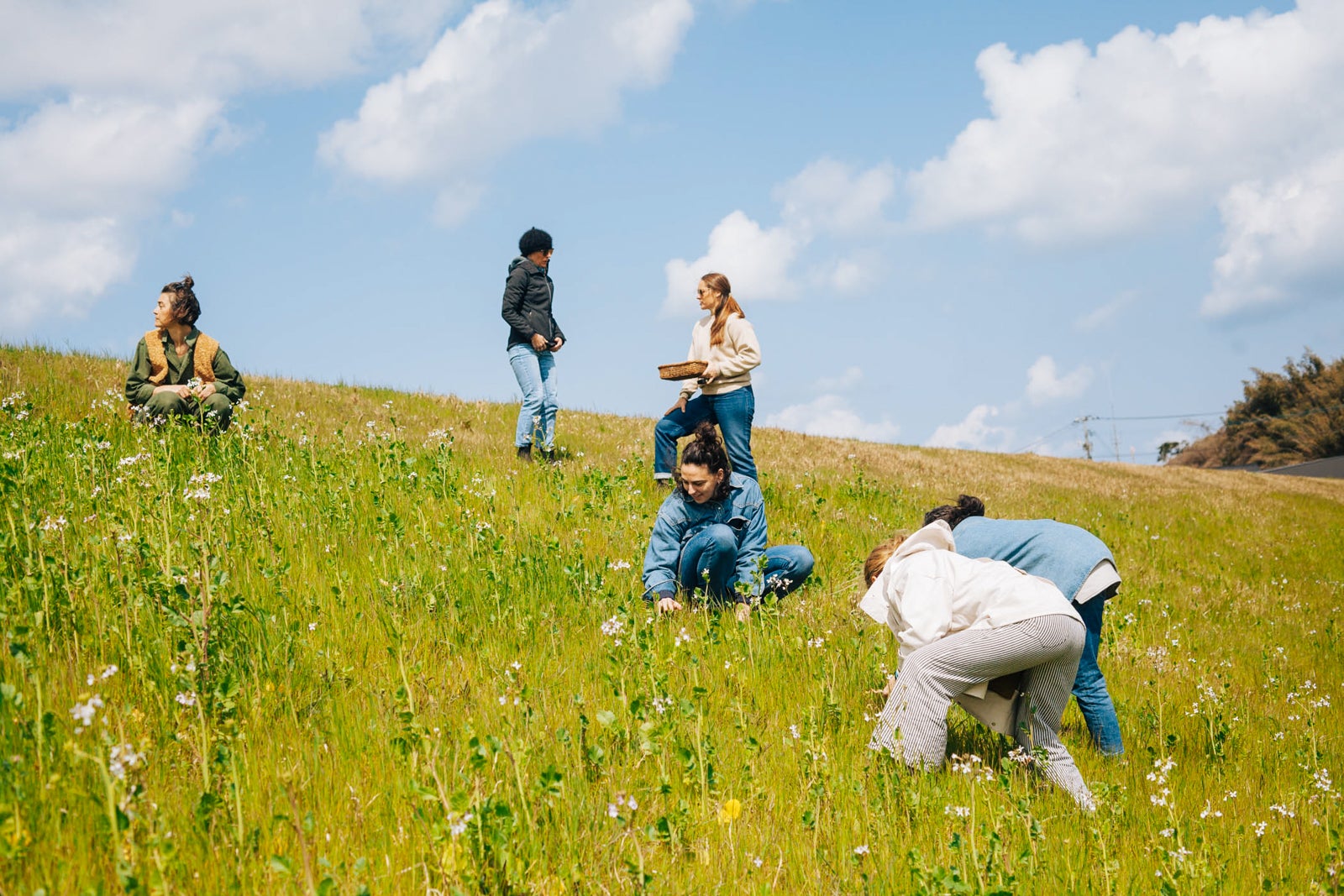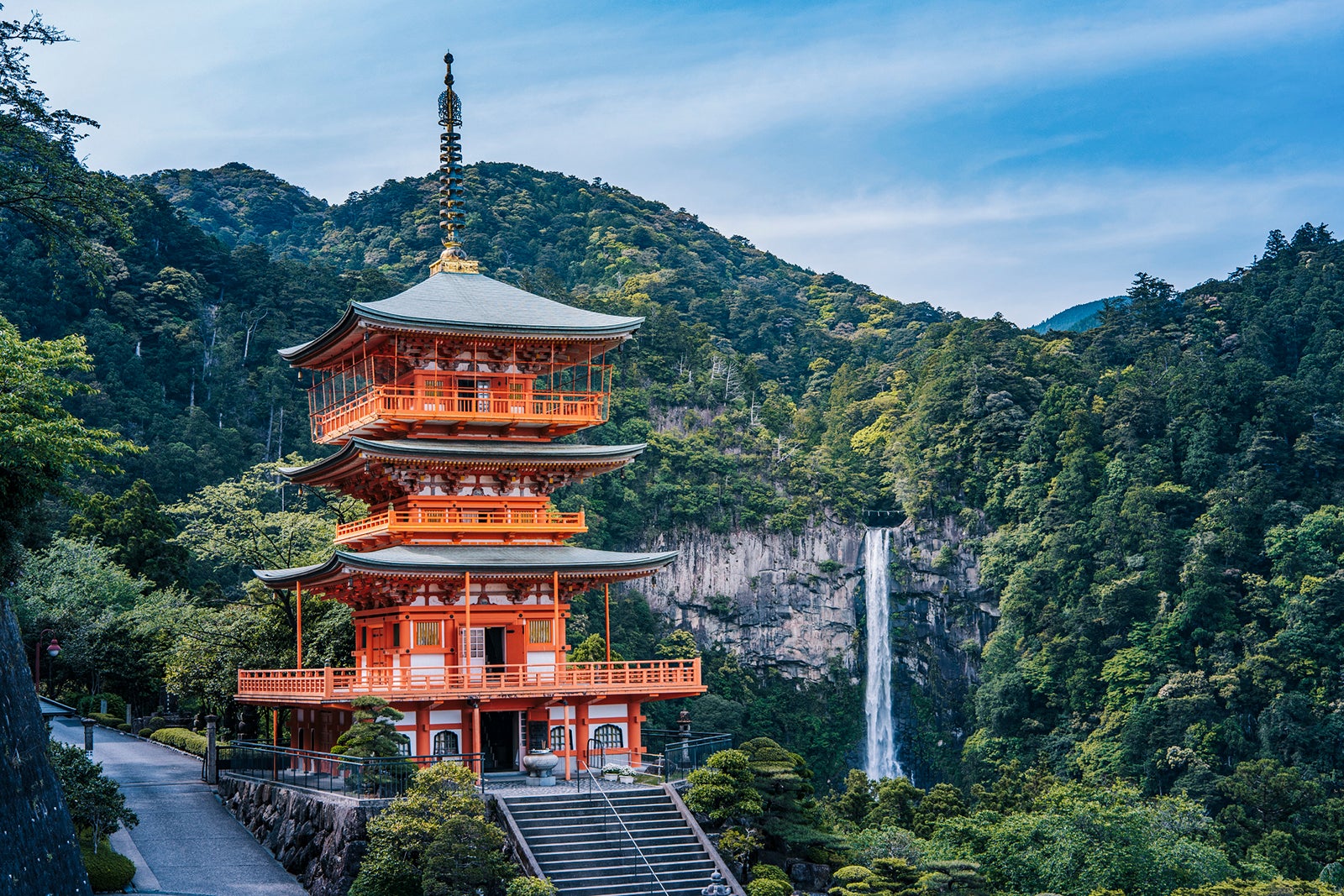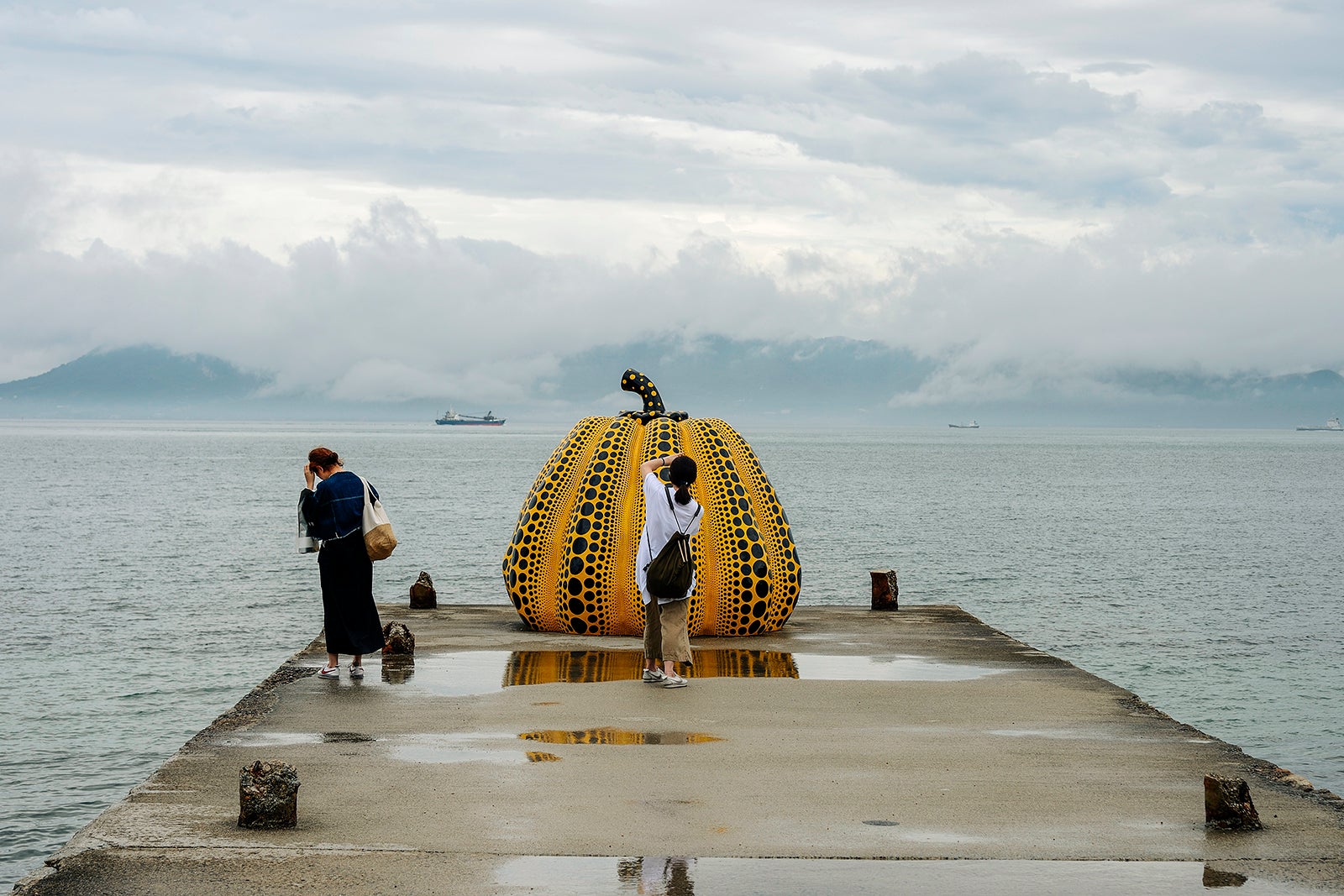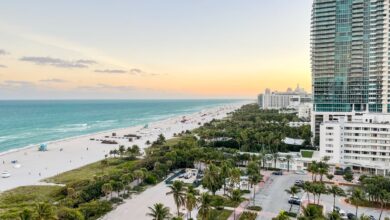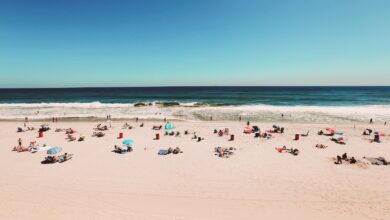Tips for avoiding crowds when traveling in Japan

Six decades after hosting the 1964 Tokyo Summer Olympics—when Japan quickly rolled out new infrastructure like the Shinkansen bullet train and accommodations like the Hotel New Otani Tokyo to accommodate the expected influx of foreigners—the country remains one of the world’s most popular leisure destinations. According to the Japan National Tourism Organization, 17.78 million foreign visitors arrived in the first half of 2024, breaking the previous record of 16.63 million in 2019. And there are no signs of slowing down: Japan aims to nearly double its 2019 year-end record of 31.88 million tourists to a staggering 60 million visitors a year by 2030.
While there are myriad reasons for Japan’s enduring popularity — from its delicious local cuisine to its safe public transportation system — the recent surge can largely be credited to the fall of the Japanese yen. The dollar hit its weakest level since 1990 in early July, and while the yen has recovered somewhat over the past two months, the dollar remains very strong in Japan.
“I think when the yen was 83 [to $1]“It’s hard to afford to visit Japan and all the wonderful things Japan has to offer,” Delta president Glen Hauenstein said in a Q2 Earnings Call in July. “With the yen at 160, it’s a very different world for American travelers, and they seem to be taking advantage of it very well.” (The currency has recovered somewhat recently, with around 145 yen to the dollar at the time of publication.)
Of course, demand for flights to Japan is also booming. “In 2023, Expedia data shows that the top trending route globally is LAX to Tokyo, with a 430% increase year-over-year,” Expedia travel expert Christie Hudson told TPG. “This fall, Tokyo continues to be a trending destination, with a 50% increase in flight searches.”
While Japan is now within reach of more people than ever, there is still a downside: the relentless crowds. In response, local authorities have establish a tourist tax for those who climb Mount Fuji, fence installed to block out the famous Instagram views of that mountain and Close some private alleys to tourists in the geisha district of Kyoto.
Follow these tips to ease the overcrowding and still have an enjoyable vacation in Japan.
Visit Japan’s most popular destinations in the off-peak season
Spring and fall are peak tourist seasons in popular cities like Kyoto and Osaka. To avoid the crowds that flock to these seasons to see the beautiful cherry blossoms and autumn leaves, consider an off-season vacation. Not only will you be less likely to deal with congestion and lines, but you’ll also be able to book more restaurants and experiences, as well as find more competitive accommodation rates.
According to Alastair McAlpine, CEO of the new company Four Seasons Hotel OsakaSummer is the ideal time to travel to Osaka, although the city is at its warmest and rainiest.
“Visiting Osaka in the summer allows visitors to immerse themselves in local culture and traditions—making it an especially fun time to explore the city,” says McAlpine. Several vibrant celebrations take place in Osaka each summer, including one of Japan’s three major festivals—the Tenjin Matsuri in July—and the Yodogawa Fireworks Festival in August.

Daily News
Reward your inbox with the TPG Daily newsletter
Join over 700,000 readers to get the latest news, in-depth guides, and exclusive offers from TPG experts
Summer is also a great time to explore the city with fewer crowds on scenic river cruises or at world-class museums and cultural centers like the National Museum of Art or the Nakanoshima Children’s Book Forest, designed by architect Tadao Ando. There are also shorter lines of street vendors cooking up local specialties like okonomiyaki.
Kyoto, on the other hand, shines especially brightly when the days turn cold and dark in winter. “You’ll be able to discover peaceful Zen moments in Kyoto’s temples—where the quiet atmosphere is enhanced by a light layer of snow if you’re lucky—and more intimate glimpses of its historical sites,” says Fanny Guibouret, Four Seasons Hotel Kyotois general director.
After a day of exploring, warm up with a soak in a local hot spring or an ofuro, a Japanese wooden bath. You can also expect to indulge in wintertime favorites, such as yudofu (tofu stewed in hot broth), fugu (pufferfish) and oden (fish cake stew).
Avoid the obvious and look for alternatives to major landmarks
Another simple but practical tip for avoiding tourists is to “avoid the obvious,” says Prairie Stuart-Wolff, founder of Mirukashi Hair Salonspecializes in cozy small culinary retreats in rural Japan.
“If you must go to a place like Kyoto, forget about seeing the Golden Temple in a slow-moving crowd of 10,000 other foreign tourists and seek out temples and gardens that limit the number of visitors each day,” she says. “The small effort of planning ahead and booking in advance is well worth it.”
Tucked away in a quiet corner of northern Kyoto, Shoden-ji Temple requires no reservations and has a charming dry gravel garden and views of Mount Hiei; it was a favorite spot of David Bowie. Stuart-Wolff also recommends the Shugakuin Imperial Villa. “It’s just far enough out of town that reservations don’t get snapped up as quickly as other imperial estates,” she says. When it’s time to recharge, skip the crowded Starbucks and head to Tearoom Toka, a quiet organic teahouse with just six seats.
Accept your jet lag and leave as early as possible.
If it’s your first time in Japan and you feel like your trip wouldn’t be complete without seeing the main attractions, take advantage of the time difference and go as early as possible to avoid the crowds that form later in the day. For example, Fushimi Inari Shrine in Kyoto is always open, while Meiji Jingu Shrine in Tokyo opens at sunrise, so if you visit before 7am you can experience two of Japan’s most famous Shinto shrines at their most peaceful.
Explore the lesser known regions of Japan
With most tourists staying in Japan’s major cities, there are plenty of lesser-known spots waiting to be explored. Consider these three lesser-known destinations:
Kii Peninsula
The Kii Peninsula is the spiritual birthplace of Japan and encompasses the prefectures of Mie, Wakayama and Nara. It is home to the Kumano Kodo pilgrimage route, which connects three sacred sites (Yoshino and Omine, Kumano Sanzan and Koyasan) via a series of trails. These popular spots combine adventure and tranquility in the dense forests of the area overlooking the Pacific Ocean.
Kumano Kodo also celebrates its 20th anniversary. UNESCO World Heritage in 2024. “This is one of only two pilgrimage routes recognized as World Heritage Sites globally and is over a thousand years old,” said Shiori Ono, a representative of Tourism Exchange Japan. “The surrounding area is a special place where Japan’s unique Shinto and Buddhist religions intersect.”
Other highlights of the Kii Peninsula include observing the tradition of ama (female) divers—locals would offer seafood caught by women to the Ise Shrine—and admiring the peaceful beauty of Wakayama’s beaches, hot springs, and Japan’s tallest waterfall, Nachi Falls.
Nasu Plateau
Another suggestion from Ono is the Nasu Highlands, located in northern Tochigi, a 70-minute bullet train ride from Tokyo. “This peaceful mountainous area offers a refreshing break from Japan’s more touristy regions,” says Ono. Also ideal for a day trip or longer hike, the Nasu Highlands are home to some of Japan’s most famous hot springs and stunning natural scenery, including Mount Nasu, the country’s most active volcano.
Setouchi
Located along the southwestern coast of Japan and spanning seven prefectures (Hyogo, Okayama, Hiroshima, Yamaguchi, Tokushima, Kagawa, and Ehime), the Setouchi region has something for every type of traveler. Outdoor enthusiasts can cycle the Shimanami Kaido, a scenic 43-mile route that connects the islands of the Seto Inland Sea. Nicknamed the “Island of Art,” Naoshima lets you enjoy contemporary art and architecture in a peaceful setting at places like the Chichu Art Museum and the Benesse House. (Continued) Setouchi Art Exhibition Setouchi is also famous for its sweet and sour lemons, which local chefs use to flavor a variety of foods, from tonkatsu ramen noodles to cakes.
The last line
Travel to Japan is more popular than ever. But despite reports of overcrowding, you can still have a rewarding vacation in Japan if you travel during the off-peak season, seek out lesser-known areas and attractions, and plan to visit major landmarks during quieter hours.
Read more related:
